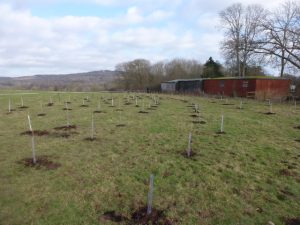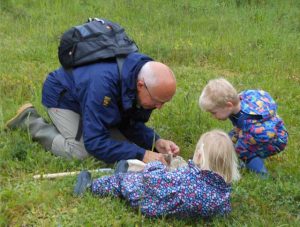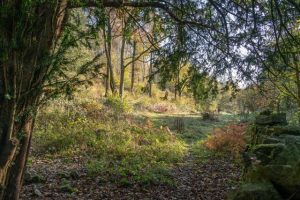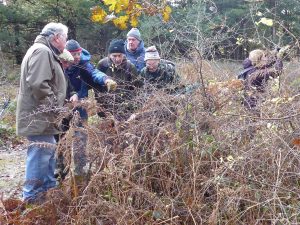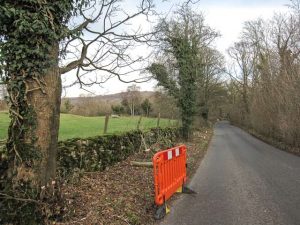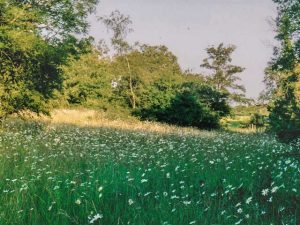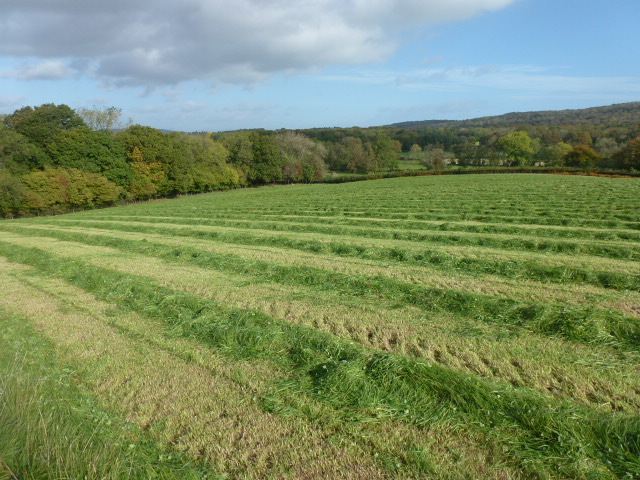
In the top 3% of meadows
The two fields that we have bought have an area of around 10 acres. According to Plantlife, around 7.5 million acres of flower-rich meadows have been lost in the UK since the 1930s, leaving less than a quarter of a million acres. This may still seem a huge area but compared to the total area of Great Britain it has gone from 12% to 0.4%. The meadows and their associated plants took over 6,000 years to evolve but modern farming practices have reduced most of them to monocultures through the use of herbicides, planting of high yield grasses and over-fertilising. We need to cherish and restore those acres that are left.
The two fields that make up our new purchase are part of the 0.4%. They have been used for hay and silage and heavily grazed by sheep but the drumlin soils of glacial till are deeper than the rest of the Coldwell land. The grasslands already boast a rich floral diversity. The area is an important part of the jigsaw of semi-natural habitats of the former Yealand Redmayne Common.
Important indicators
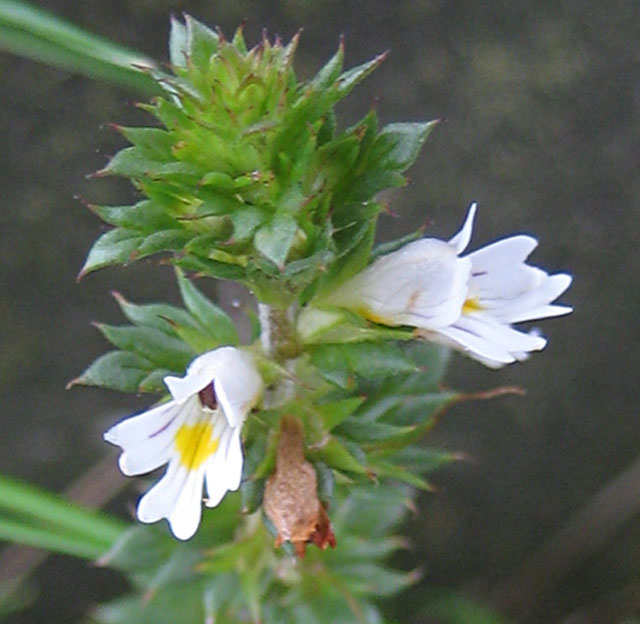
Eyebright, a semi-parasitic plant that thrives on heavily grazed but unimproved land is present. This helps to reduce the vigour of the grasses. It is also an indicator that no herbicides or artificial fertilisers have been used on the land. It is interesting that on Coldwell Meadow next door, Yellow Rattle, another semiparasitic grass is present but there is no eyebright. An indicator of the different soil types perhaps.
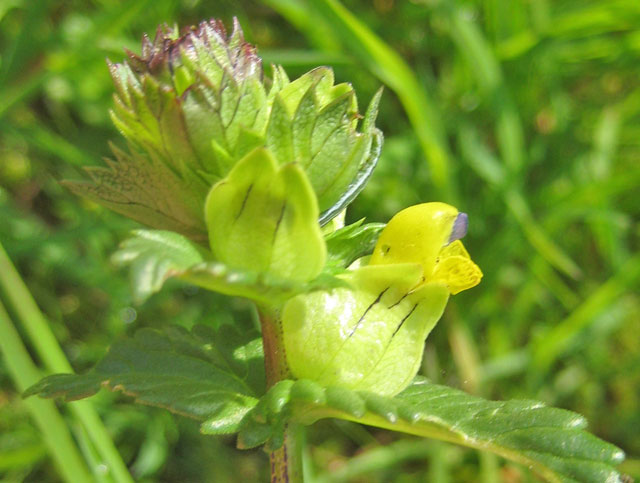
The grasses that are present include Sweet Vernal Grass, a beautiful native grass that was used in the middle ages to strew on floors. Crested Dogstail and Meadowgrass are also present. We have seen orchids and veronicas, knapweeds and clovers. There are also plantains and nettles growing round the edge. This coming year will be especially exciting when we discover what is present but has been hidden by overgrazing. Once the grazing and haymaking regime has been optimised they should once again among the best of the meadows so vital for the health of our AONB forming a reservoir from which other areas can be colonised.
We need to act now if we are to protect our wonderful meadows not only for ourselves but for our children and grandchildren.
